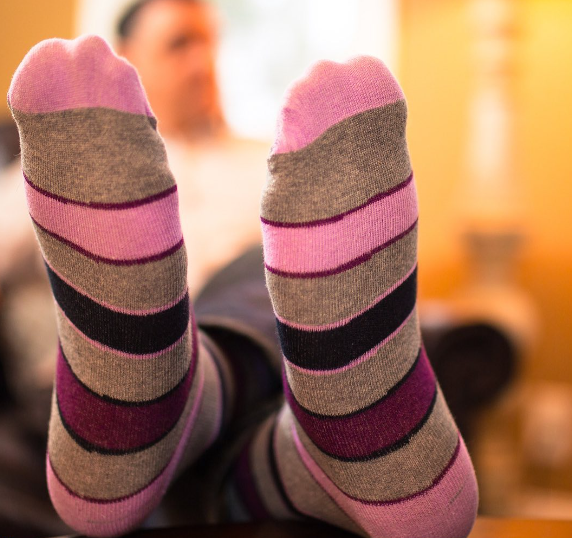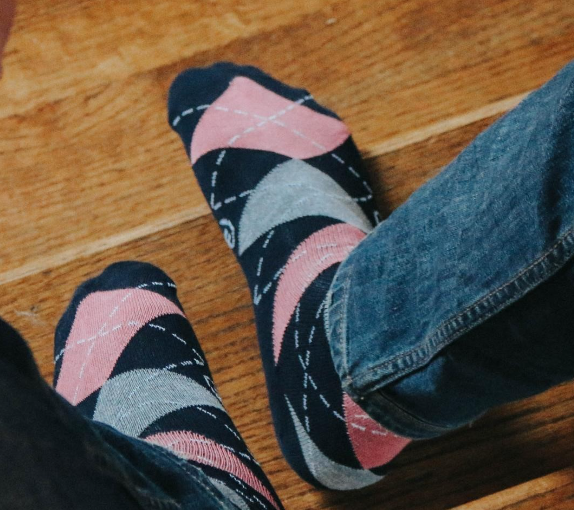Socks pilling, or the formation of small, fuzzy balls on the fabric surface, is a common occurrence that can make your socks look worn out and feel less comfortable. Understanding why socks pill and how to prevent it can help prolong the lifespan of your socks and keep them looking and feeling their best.
Why Do Socks Pill?
Several factors contribute to the pilling of socks such as the following:
The constant rubbing of your feet against the inside of your shoes and each other can cause fibers to break and form pills.
Socks made from lower-quality fibers or blends are more prone to pilling than those made from higher-quality materials.
Aggressive washing and drying methods, such as high heat or rough agitation, can weaken the fibers of the socks and lead to pilling.
Walking on rough surfaces or wearing shoes with abrasive interiors can accelerate pilling.
How to Stop Socks from Pilling:
Investing in socks made from high-quality materials, such as Pierre Henry Socks, can greatly reduce the likelihood of pilling. Thanks to its advanced technology, these socks are less prone to developing pills. Additionally, it's crucial to always adhere to the care instructions provided on the sock label. Washing socks in cold water on a gentle cycle and avoiding harsh detergents or bleach can help maintain their integrity. Turning socks inside out before washing can further minimize friction and decrease the chances of pilling. When drying socks, opt for air drying instead of using a dryer to prevent damage to the fibers. If pilling does occur, gently remove the pills with a fabric shaver or sweater comb to restore the socks' appearance and ensure their longevity.





Leave a comment
All comments are moderated before being published.
This site is protected by hCaptcha and the hCaptcha Privacy Policy and Terms of Service apply.